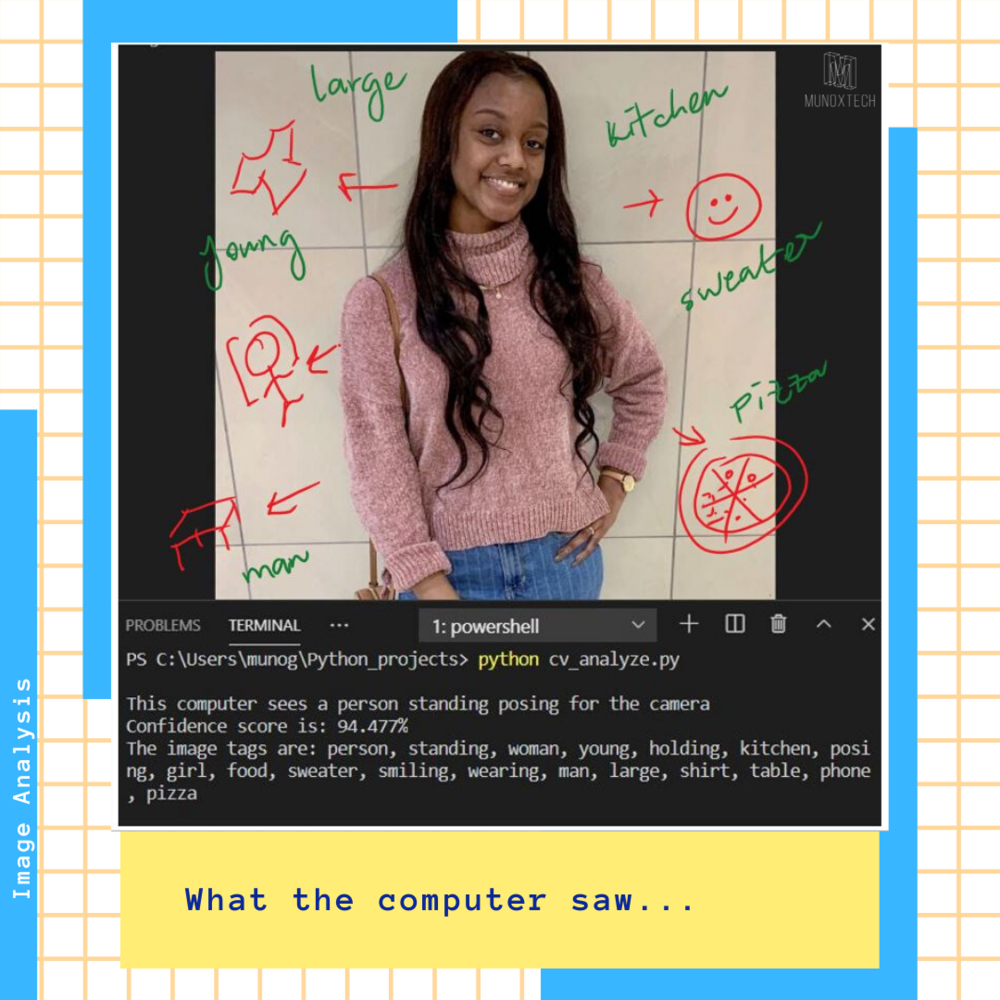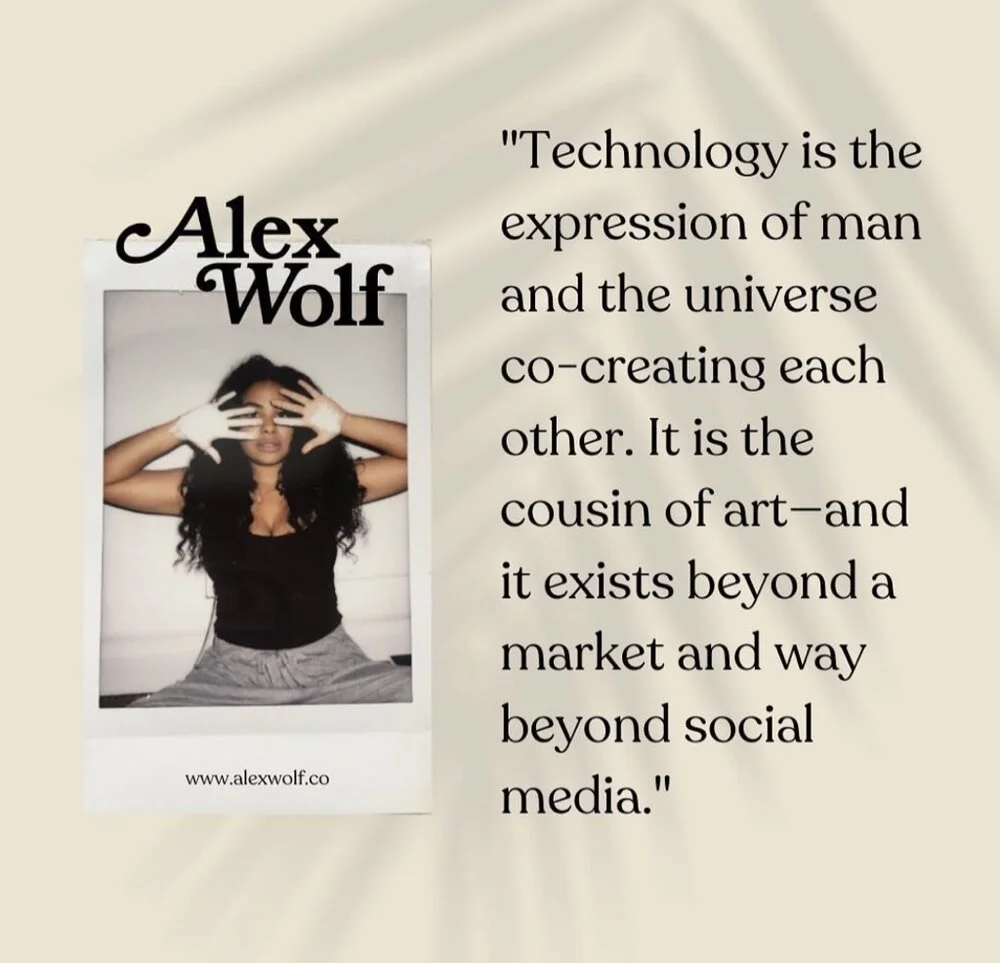Computer Vision: Art + Tech
Motivation —
I am fascinated with art. Art influences my interest in tech. During the time I started this project, I was really interested in the concept of Computer Vision. I was in the VIS 10 course (Computing Arts Lecture Series) at UCSD and one of the guest speakers was Amy Alexander. She did this amazing work with CV called What The Robot Saw and that really intrigued me.
I started doing some research into ways the arts explore CV, and how CV interprets media. I looked into the history of CV, how CV takes inspiration from the biological sciences, how Amy’s project incorporates CV technologies, what artists are telling stories related to this concept of vision, and finally what CV tools are out there.
What the Robot Saw by Amy Alexander —
Amy Alexander is an artist and professor who has been making computationally-based art projects since the mid-1990s. Over the years, Amy has worked in net art, software art, computationally-based installation, audiovisual performance, film, video, music and information technology. Her research and practice focuses on how contemporary media – from performative cinema to social media – changes along with cultural and technological shifts. She has a particular interest in the cultural impact algorithmic bias and subjectivity and the potential for individual responses. (learn more)
'What the Robot Saw' is an online documentary by a social media robot. It’s not a pedagogical video about what robots actually see. The clips are algocurated from among the least viewed and subscribed YouTube videos uploaded in recent hours. These videos are rendered nearly invisible by YouTube’s engagement-centered ranking algorithms, which favor attention-grabbing content. It uses computer vision, neural networks and other robotic ways of seeing, hearing and understanding. (website)
This was one of the images I analyzes using the Azure Cognitive Services CV API. It reported a 95.266% confidence score in the image being "a woman smiling and posing for the camera." This was correct. However, what intrigued me the most were the tags, especially the "wedding" tag. I assumed it was because I wore a white shirt. That feeds into social standard that wedding dresses should be white. This reinforces the underlying problem of learning bias from data.












